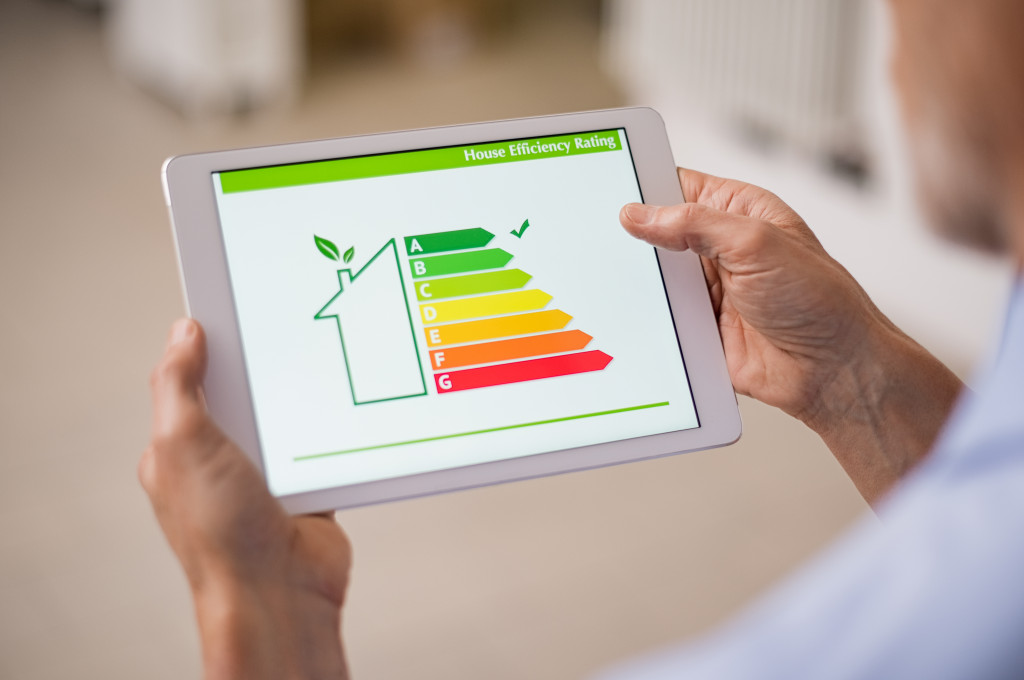- Audit your energy usage regularly to identify areas where you can make adjustments.
- Invest in insulation to keep the air in your home cool during summer and warm during winter.
- Use energy-efficient appliances to save money in the long run.
- Install energy-saving light bulbs such as LED or CFL bulbs.
- Get a programmable thermostat to control the heating and cooling in your home.
Recently, the world has been hit with an economic downturn that has left many people trying to manage with less income. This has significantly affected low-income households who struggle to keep up with the rising cost of living. One of the biggest challenges they face is the high cost of utilities, which can take up a significant portion of their income. However, with some simple strategies, low-income households can reduce their utility costs and ease financial strain. This blog post will discuss some of these strategies.
1. Audit Your Energy Usage
The first step in reducing your utility costs is to audit your energy usage to help you identify areas where you can save on energy consumption. Different easy-to-use tools available online can help you track your energy usage over time and identify areas where you can make adjustments to reduce your bills.
Check your appliances, electronics, and lighting to see which consumes more energy. You can also look for any leaks or drafts in your house that might be causing your heating or cooling system to work overtime. If you are unsure how to audit your energy usage, contact a local utility company that can help.

2. Invest in Insulation
Another easy way to reduce your utility bills is to invest in insulation. Adding more insulation can help keep the air in your home cool during the summer and warm during the winter, thus reducing your need for heating and cooling systems. You can also use weather stripping to insulate around windows and doors so that there are no air leaks.
Consider working with professional insulation services to get the best possible results. They have access to the best products and can help ensure your home is properly insulated. They can also provide additional energy-saving tips that you can use to further reduce your bills. Look for an insulation company that offers competitive prices to get the most bang for your buck.
3. Use Energy-Efficient Appliances
Using energy-efficient appliances is another way to reduce your utility costs. Energy-efficient appliances come with an Energy Star rating which indicates that they use less energy than standard appliances. Although these appliances might seem expensive, they eventually save you money in the long run. Here are some tips when looking for energy-efficient appliances:
a. Look for models with a high Energy Star rating
You should look for models with a high Energy Star rating to ensure you get the best energy savings. If you have an older appliance, look for a new model with an even higher rating.
b. Check out rebates and discounts
Many energy companies offer incentives for customers who purchase energy-efficient appliances. These can include rebates or discounts on your utility bills. Check with your local utility company to see what offers are available.
c. Research online
Before purchasing, research different models online to compare features and prices. Make sure to read customer reviews so you can make an informed decision.
d. Look at the estimated annual cost of operation
Some appliances come with an estimated yearly cost of operation. This will give you an idea of how much money you can save by using the appliance.

4. Install Energy-Saving Light Bulbs
Lighting is another area where you can reduce your energy consumption. Replace your traditional incandescent bulbs with energy-saving light bulbs such as LED or CFL bulbs. Although these bulbs might seem more expensive, they last longer and use less energy. You can also install motion-sensor lights outside your home to reduce energy consumption. If you have areas inside your home that don’t need to be lit all the time, consider installing dimmer switches so you can adjust the light level accordingly.
5. Get a Programmable Thermostat
A smart thermostat is an excellent tool that helps you control the heating and cooling in your home. It allows you to set different temperatures for different times of the day and night, helping you save money on your energy bill. With this tool, you can program your heating and cooling system to switch off when you’re not at home, saving you significant money. Try to install a programmable thermostat with other energy-efficient measures for maximum savings.
Managing utility costs is a significant challenge for low-income households, but it’s not impossible. Adopting simple strategies like auditing your energy usage, investing in insulation, using energy-efficient appliances, installing energy-saving light bulbs, and getting a programmable thermostat can reduce your utility bills and ease some financial strain. Consider these strategies today to start saving!

